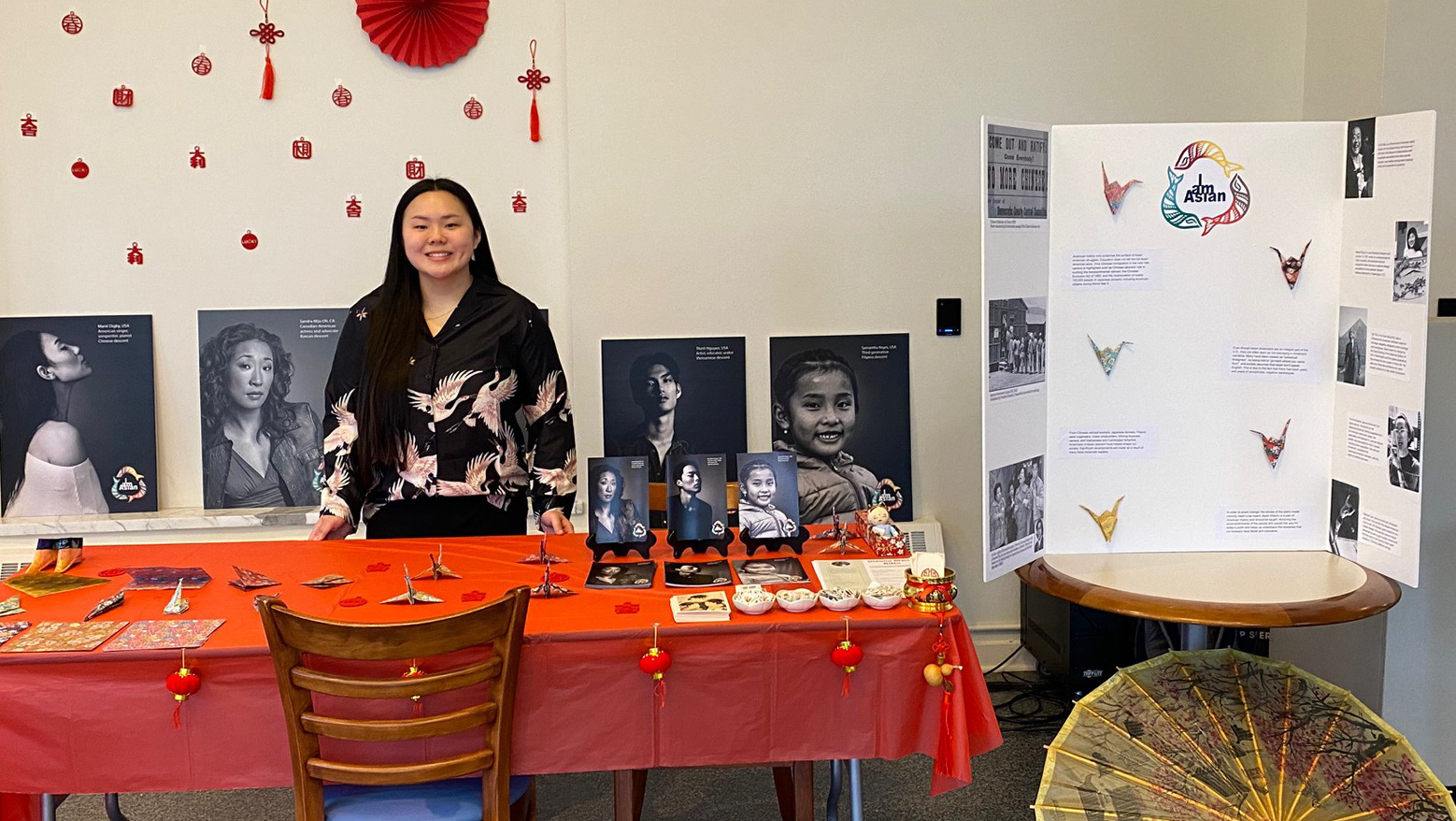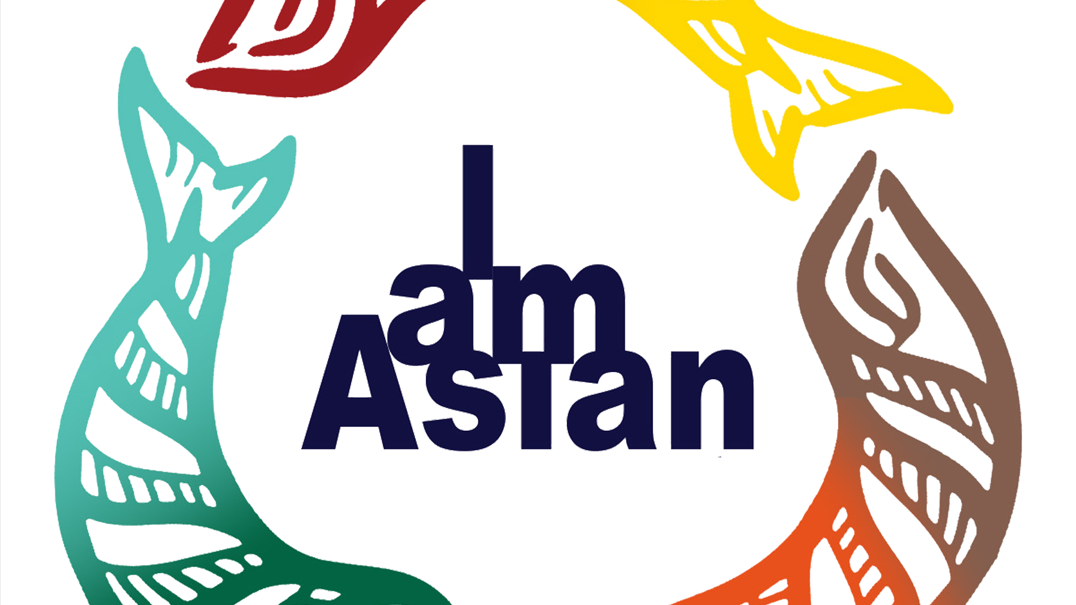American history only scratches the surface of Asian American struggles. Education does not tell the full Asian American story. Only Chinese immigration in the mid-19th century is highlighted such as Chinese laborers’ role in building the transcontinental railroad, the Chinese Exclusion Act of 1882, and the incarceration of nearly 120,000 people of Japanese ancestry including American citizens during World War II.
Even though Asian Americans are an integral part of the U.S., they are often seen as not belonging in America's narrative. Many have been viewed as “perpetual foreigners”, by being told to “go back where you came from”, and society assumes that Asian don’t speak English. This is due to the fact that there has been years and years of xenophobia, negative stereotypes.
From Chinese railroad workers, Japanese farmers, Filipino labor organizers, Indian shipbuilders, Hmong business owners, and Vietnamese and Cambodian fisherfolk, Americans of Asian descent have helped shape our society. Significant developments are made as a result of many Asian American leaders.
In order to enact change, the stories of the silent model minority need to be heard. Asian History is a part of American history and should be taught. Honoring the accomplishments of the people who paved the way for today’s youth and helps us understand the obstacles that our forbears have faced and overcame.



